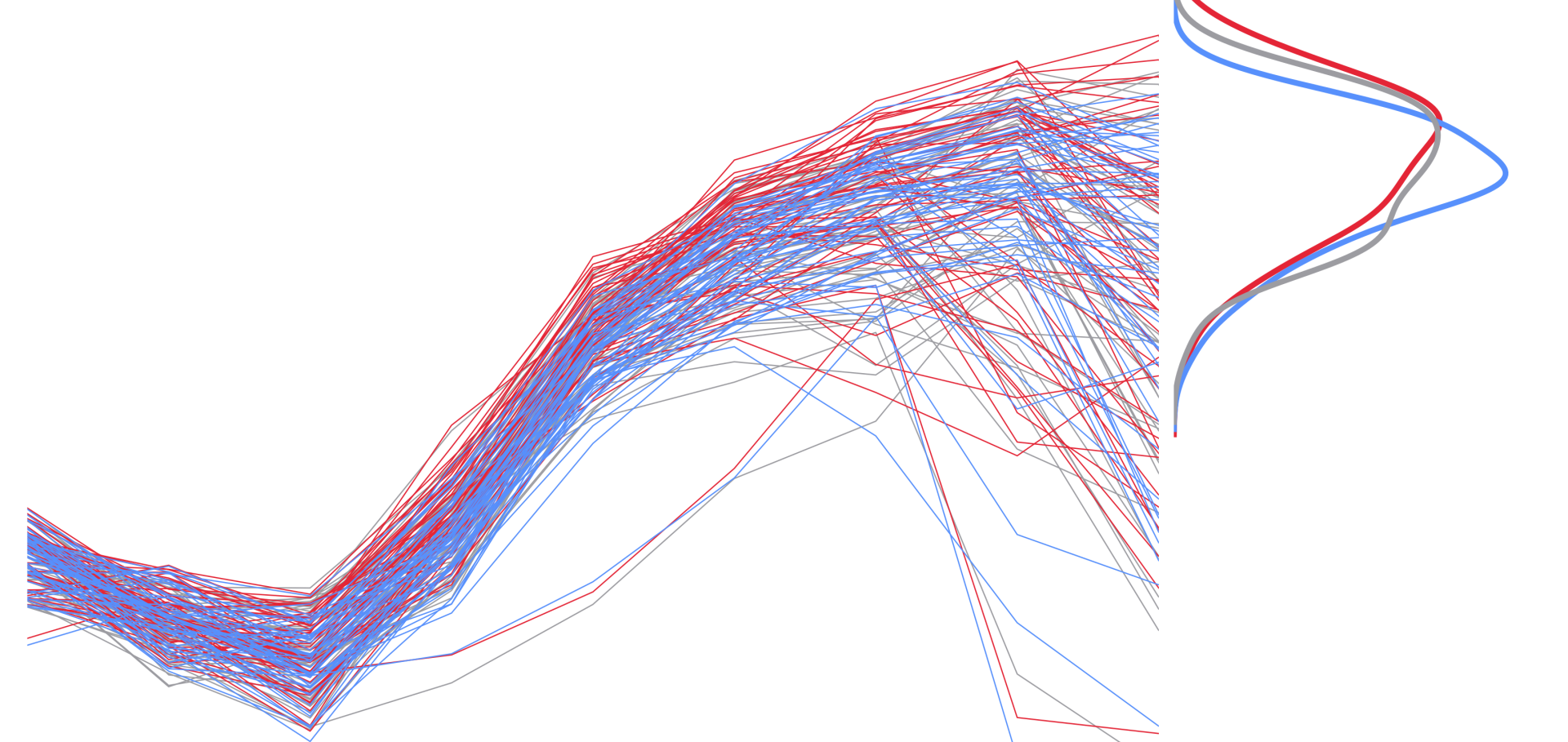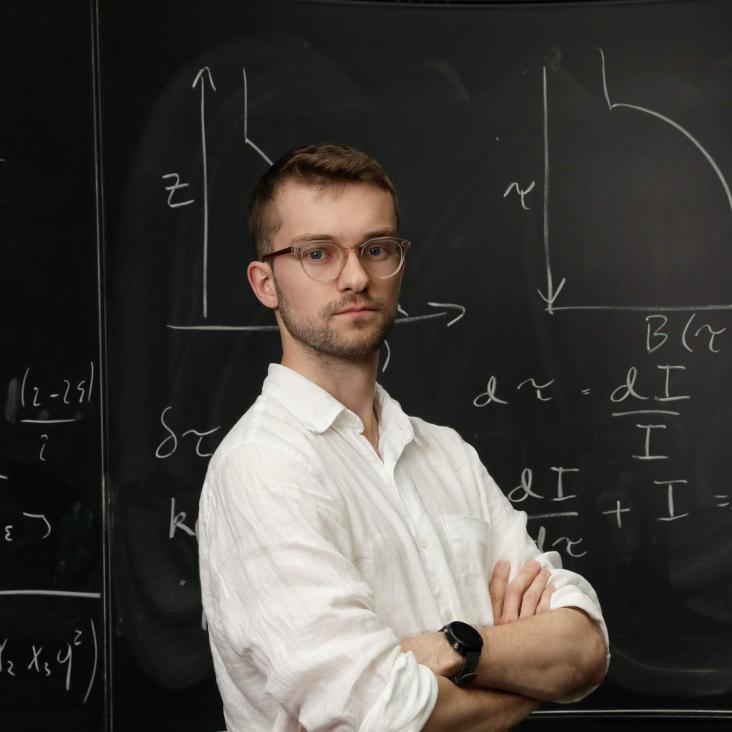Reduced Complexity Model Intercomparison Project Phase 1: introduction and evaluation of global-mean temperature response
Geoscientific Model Development Copernicus Publications 13:11 (2020) 5175-5190
Anthropogenic influence on the 2018 summer warm spell in Europe: the impact of different spatio-temporal scales
Bulletin of the American Meteorological Society American Meteorological Society 101:S1 (2020) S41-S46
Abstract:
We demonstrate that, in attribution studies, events defined over longer time scales generally produce higher probability ratios due to lower interannual variability, reconciling seemingly inconsistent attribution results of Europe’s 2018 summer heatwaves in reported studies.Pathways to Sustainable Land-Use and Food Systems in the United Kingdom by 2050
Chapter in Pathways to Sustainable Land-Use and Food Systems, 2020 Report of the FABLE Consortium, International Institute for Applied Systems Analysis (IIASA) and the Sustainable Development Solutions Network (SDSN) (2020) 626-655
Abstract:
This chapter of the 2020 Report of the FABLE Consortium Pathways to Sustainable Land-Use and Food Systems outlines how sustainable food and land-use systems can contribute to raising climate ambition, aligning climate mitigation and biodiversity protection policies, and achieving other sustainable development priorities in the UK. It presents three pathways for food and land-use systems for the period 2020-2050: Current Trends, Sustainable Medium Ambition, and Sustainable High Ambition (referred to as “Current Trends”, “Sustainable”, and “Sustainable +” in all figures throughout this chapter). These pathways examine the trade-offs between achieving the FABLE Targets under limited land availability and constraints to balance supply and demand at national and global levels. We developed these pathways in consultation with national stakeholders and experts, including from the Department for Food, Agriculture and Rural Affairs (Defra), the Department for Business, Energy and Industrial Strategy (BEIS), the Department for International Trade (DIT), the Department for Agriculture, Environment and Rural Affairs in Northern Ireland (DAERA), the Scottish Government, the Welsh Government, the Committee on Climate Change, the Royal Society, the Royal Academy of Engineering, and UK Research and Innovation (UKRI), and modeled them with the FABLE Calculator (Mosnier, Penescu, Thomson, and Perez-Guzman, 2019). See Annex 1 for more details on the adaptation of the model to the national context.Current level and rate of warming determine emissions budgets under ambitious mitigation
Nature Geoscience Macmillan Publishers Ltd. 11 (2018) 574-579
Abstract:
Some of the differences between recent estimates of the remaining budget of carbon dioxide (CO2) emissions consistent with limiting warming to 1.5 °C arise from different estimates of the level of warming to date relative to pre-industrial conditions, but not all. Here we show that, for simple geometrical reasons, the combination of both the level and rate of human-induced warming provides a remarkably accurate prediction of remaining emission budgets to peak warming across a broad range of scenarios, if budgets are expressed in terms of CO2-forcing-equivalent emissions. These in turn predict CO2 emissions budgets if (but only if) the fractional contribution of non-CO2 drivers to warming remains approximately unchanged, as it does in some ambitious mitigation scenarios, indicating a best-estimate remaining budget for 1.5 °C of about 22 years’ current emissions from mid-2017, with a ‘likely’ (1 standard error) range of 13–32 years. This provides a simple, transparent and model-independent metric of progress towards an ambitious temperature stabilization goal that could be used to inform the Paris Agreement stocktake process. It is less applicable to less ambitious goals. Alternative definitions of current warming and scenarios for non-CO2 drivers give lower 1.5 °C budgets. Lower budgets based on the MAGICC simple modelling system widely used in integrated assessment studies reflect its relatively high simulated current warming rates.FAIR v1.3: a simple emissions-based impulse response and carbon cycle model
Geoscientific Model Development Copernicus Publications 11:6 (2018) 2273-2297


